DeVilbiss Healthcare drive Seren User manual
Other DeVilbiss Healthcare Wheelchair manuals
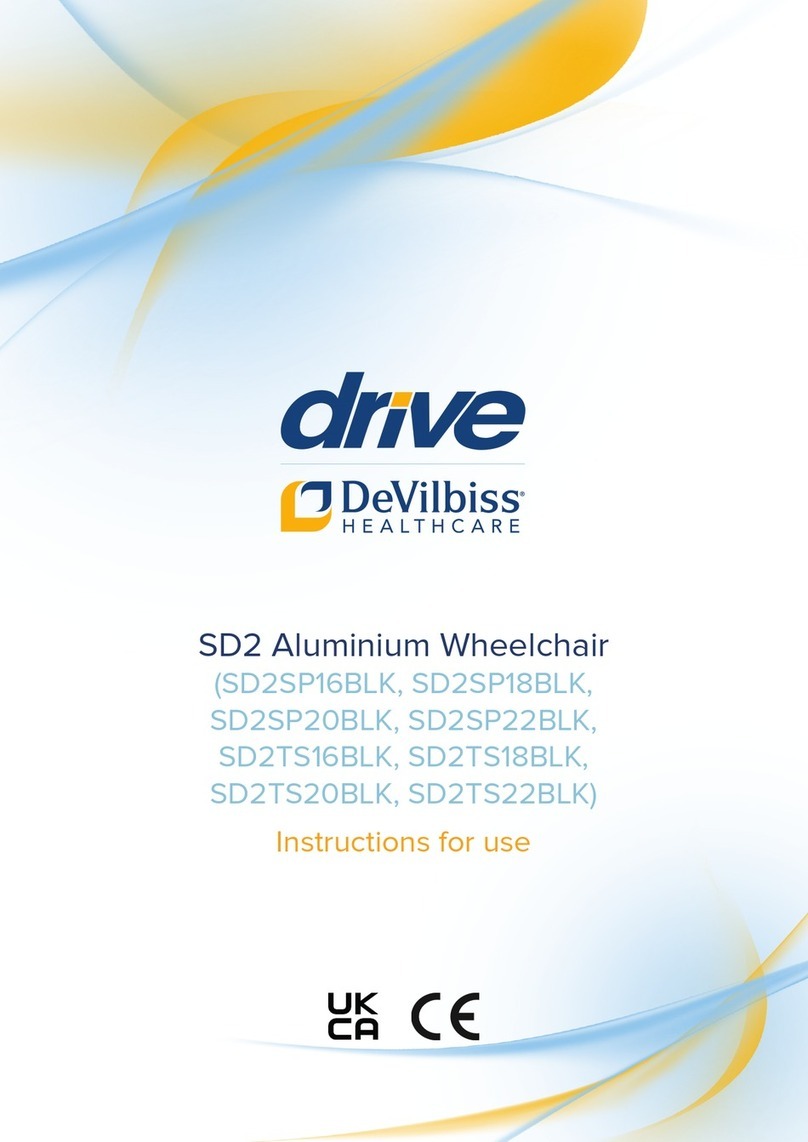
DeVilbiss Healthcare
DeVilbiss Healthcare drive SD2 User manual
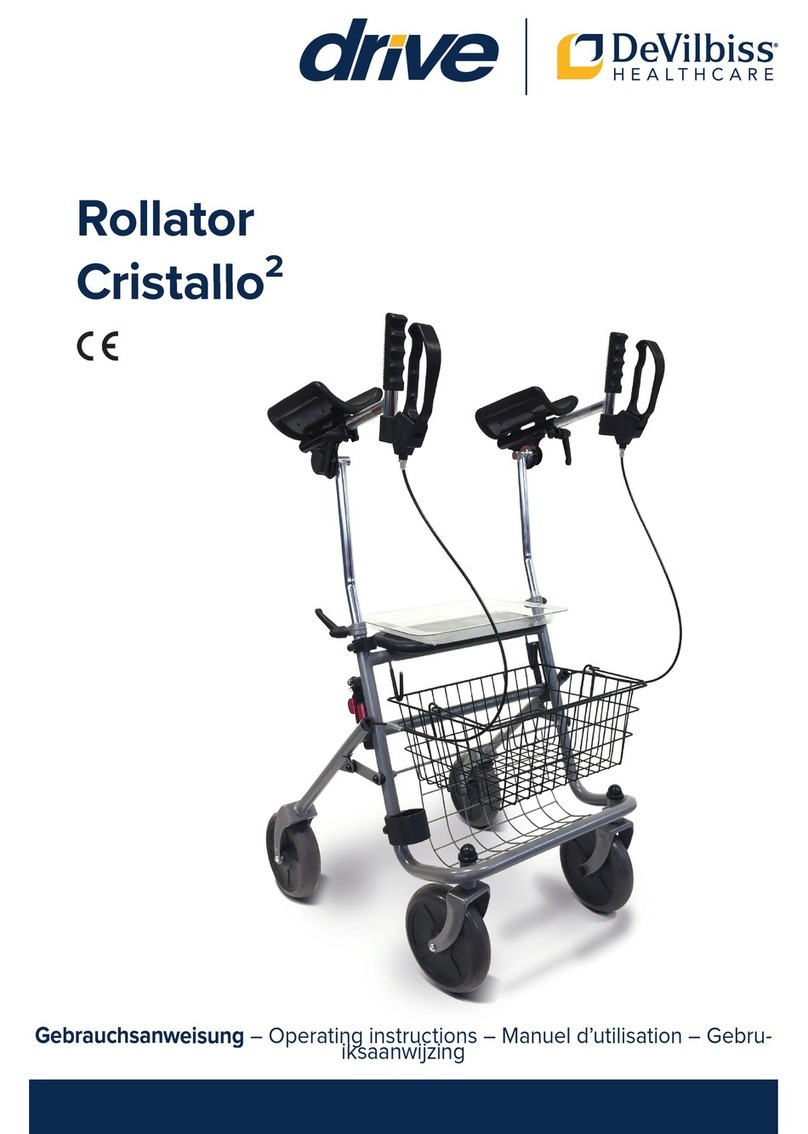
DeVilbiss Healthcare
DeVilbiss Healthcare Drive Rollator Cristallo2 User manual

DeVilbiss Healthcare
DeVilbiss Healthcare drive D-LITE User manual
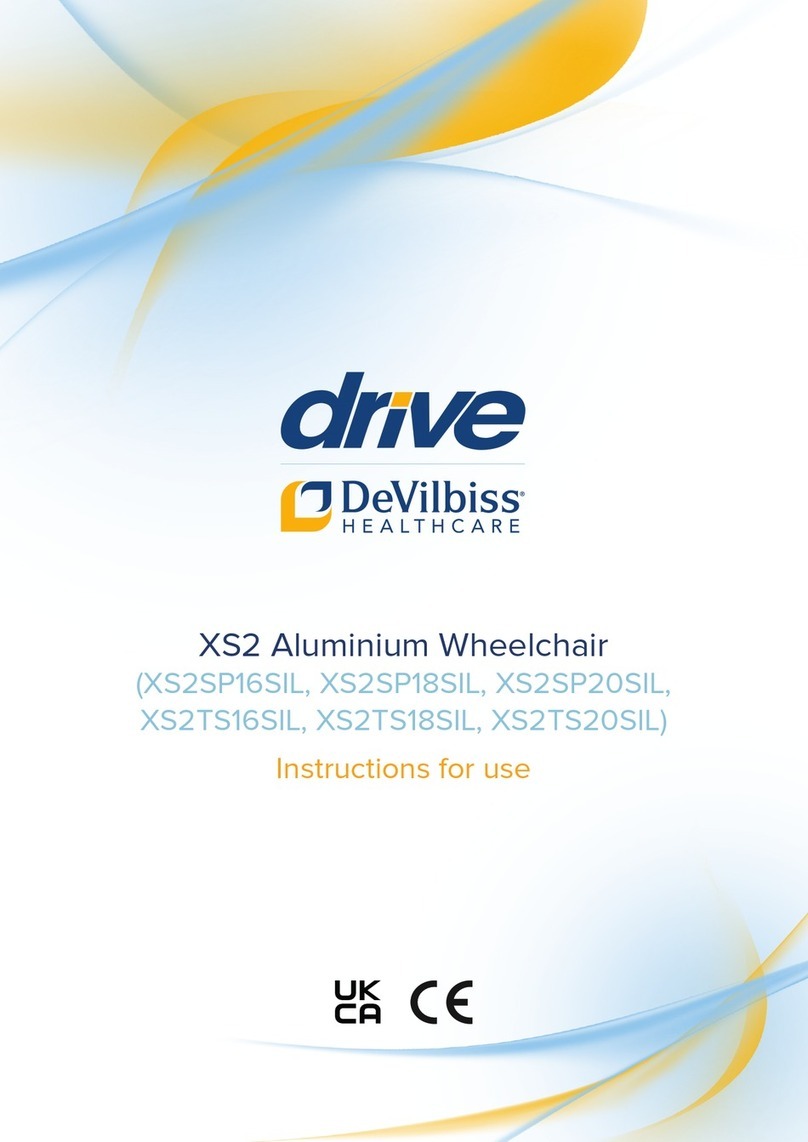
DeVilbiss Healthcare
DeVilbiss Healthcare drive XS2 Series User manual
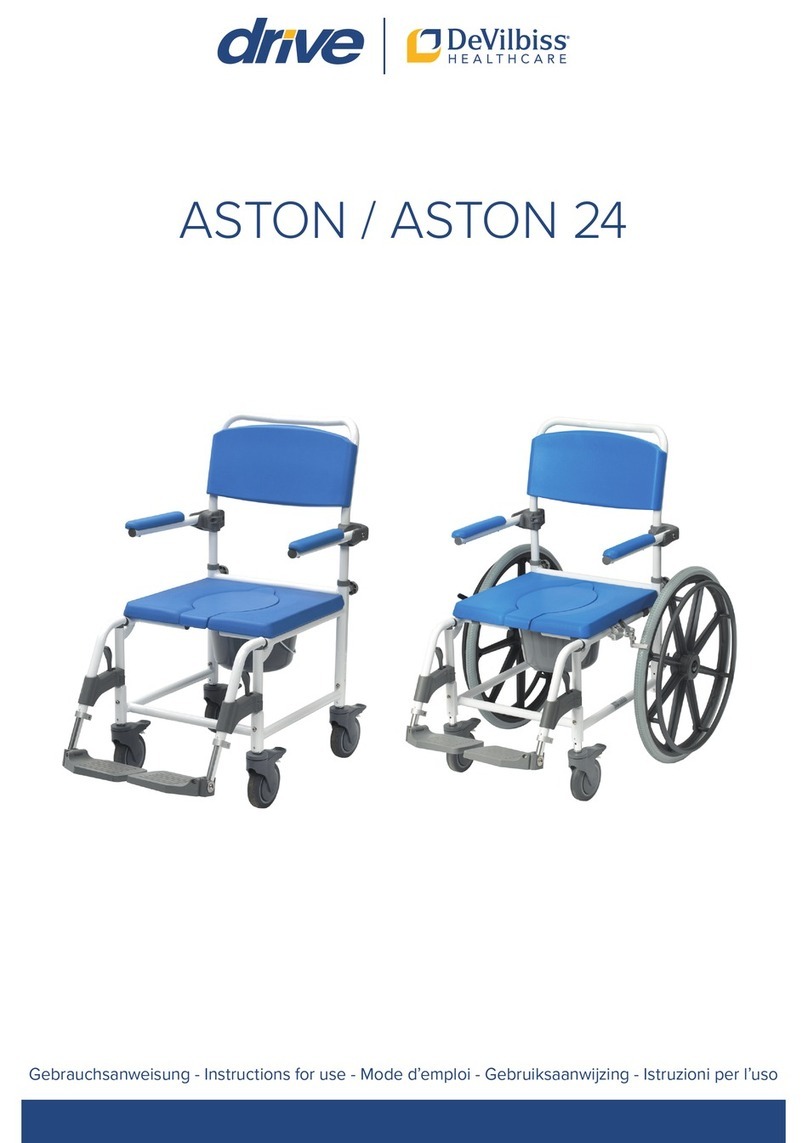
DeVilbiss Healthcare
DeVilbiss Healthcare drive ASTON User manual

DeVilbiss Healthcare
DeVilbiss Healthcare drive AirFold User manual
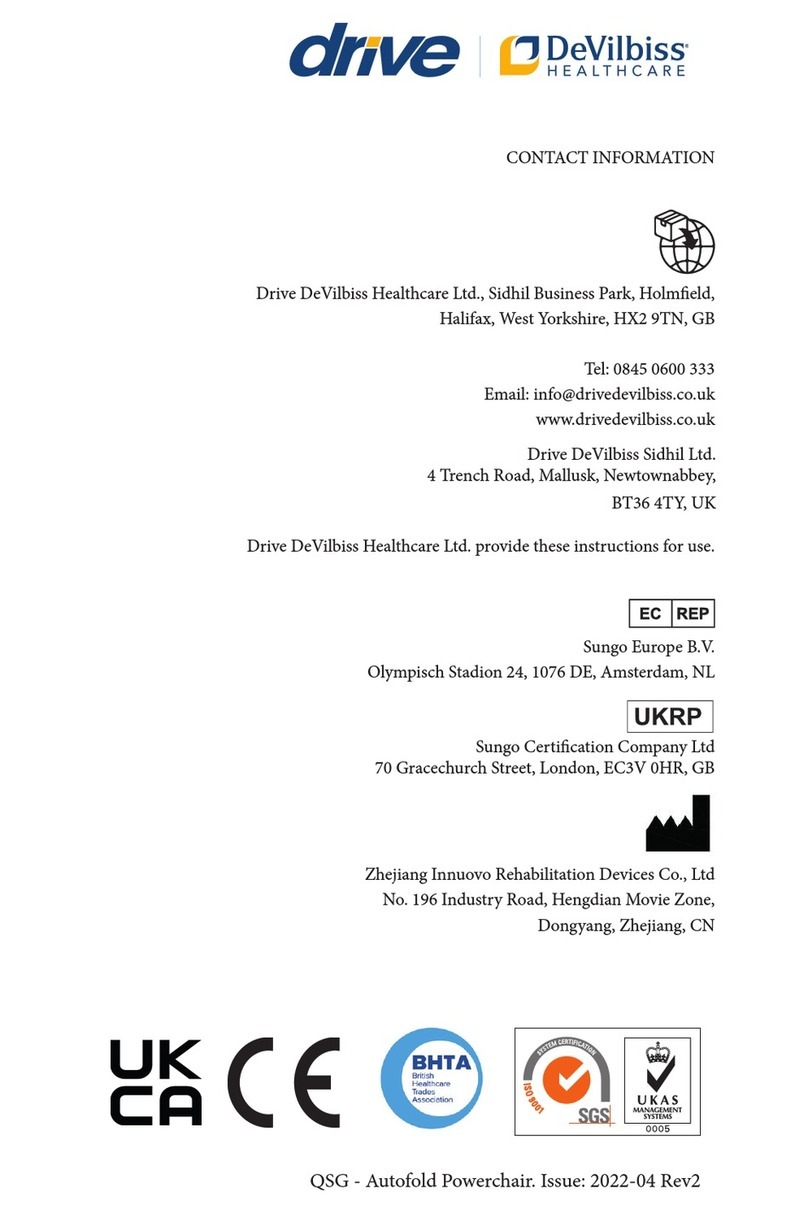
DeVilbiss Healthcare
DeVilbiss Healthcare Drive AutoFold User manual
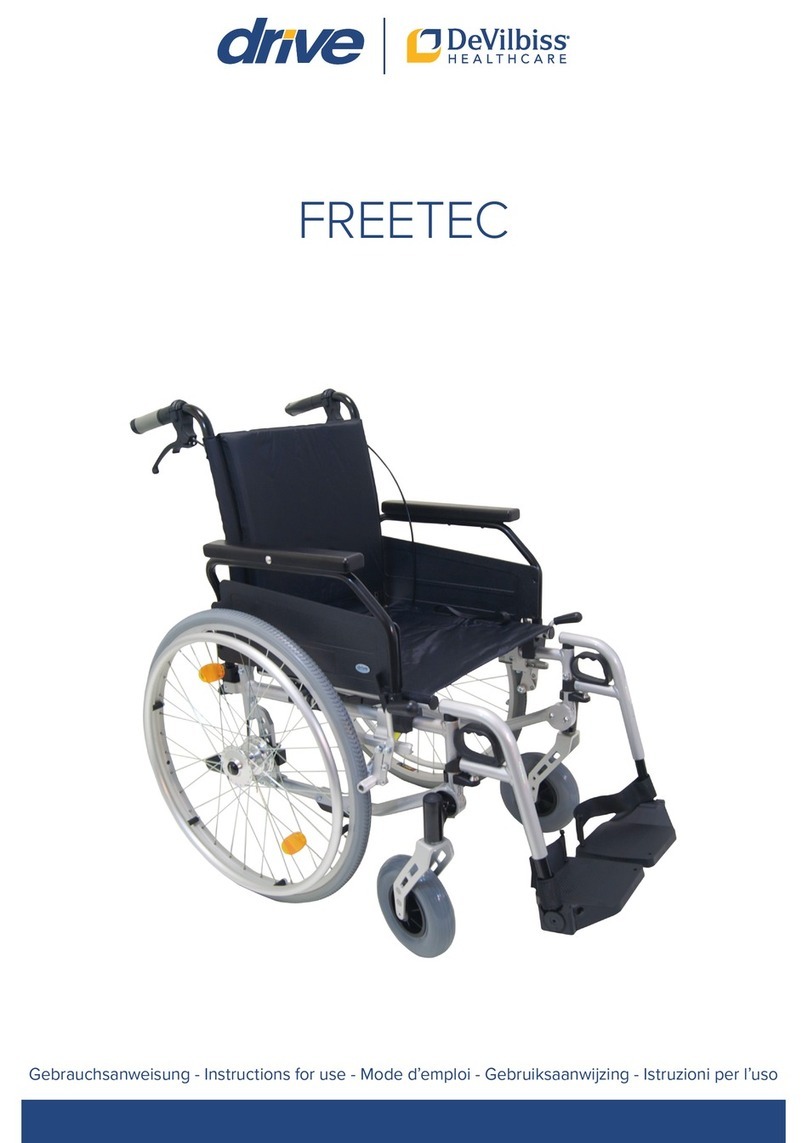
DeVilbiss Healthcare
DeVilbiss Healthcare drive FREETEC User manual

DeVilbiss Healthcare
DeVilbiss Healthcare drive AutoFold User manual






















